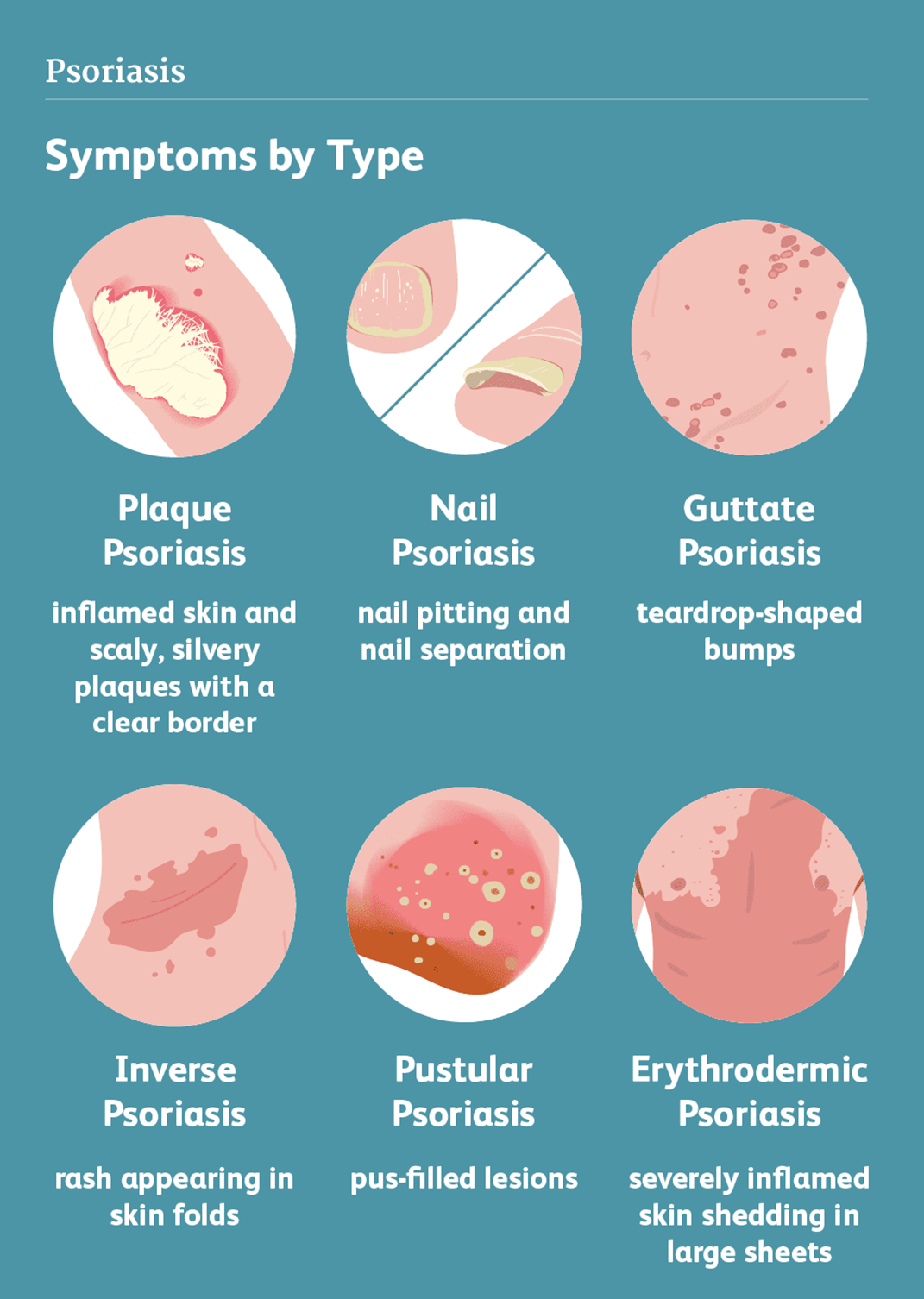The nurse assesses a wound with exudate. What should be included when documenting the exudate? (Select all that apply.)
Color
Odor
Heat
Consistency
Amount
Correct Answer : A,B,D,E
Choice A reason: Color is a characteristic of exudate that should be included when documenting it. Color can indicate the type and severity of the wound infection or inflammation. For example, yellow or green exudate may indicate a bacterial infection, while red or brown exudate may indicate bleeding or necrosis.
Choice B reason: Odor is a characteristic of exudate that should be included when documenting it. Odor can indicate the presence and type of microorganisms in the wound. For example, a foul or putrid odor may indicate anaerobic bacteria, while a sweet or fruity odor may indicate pseudomonas.
Choice C reason: Heat is not a characteristic of exudate that should be included when documenting it. Heat is a sign of inflammation that can be assessed by palpating the skin around the wound, not by observing the exudate. Heat does not directly reflect the quality or quantity of the exudate.
Choice D reason: Consistency is a characteristic of exudate that should be included when documenting it. Consistency can indicate the viscosity and composition of the exudate. For example, thin or watery exudate may indicate a serous or serosanguineous fluid, while thick or creamy exudate may indicate a purulent or fibrinous fluid.
Choice E reason: Amount is a characteristic of exudate that should be included when documenting it. Amount can indicate the extent and stage of the wound healing process. For example, a large amount of exudate may indicate a high level of inflammation or infection, while a small amount of exudate may indicate a low level of inflammation or infection.
Nursing Test Bank
Naxlex Comprehensive Predictor Exams
Related Questions
Correct Answer is D
Explanation
Choice A reason: This is not the priority assessment, but it is an important assessment for a client with a femur fracture. Pain is the unpleasant sensation that results from tissue damage or inflammation. Pain can affect the client's physical and psychological wellbeing and interfere with their recovery. The nurse should assess the client's pain level, location, quality, and duration using a valid and reliable pain scale. The nurse should also provide pain relief measures, such as medication, ice, elevation, or distraction, as ordered and as needed.
Choice B reason: This is not the priority assessment, but it is a relevant assessment for a client with a femur fracture. Medication history is the record of the drugs that the client is currently taking or has taken in the past, including prescription, overthecounter, herbal, or recreational drugs. Medication history can help the nurse identify any potential drug interactions, allergies, or contraindications that may affect the client's treatment and recovery. The nurse should ask the client about their medication history and document it accurately and completely.
Choice C reason: This is not the priority assessment, but it is a helpful assessment for a client with a femur fracture. Socioeconomic status is the measure of the client's income, education, occupation, and social class. Socioeconomic status can influence the client's access to health care, ability to afford treatment, compliance with therapy, and support system. The nurse should assess the client's socioeconomic status and provide appropriate referrals, resources, or assistance as needed.
Choice D reason: This is the priority assessment for a client with a femur fracture. Pedal pulses are the pulses that can be felt in the feet, such as the dorsalis pedis or the posterior tibial pulse. Pedal pulses can indicate the blood flow and perfusion to the lower extremities, which can be compromised by a femur fracture. A femur fracture can cause bleeding, swelling, or pressure that can reduce or obstruct the blood supply to the feet, leading to ischemia, necrosis, or gangrene. The nurse should assess the client's pedal pulses regularly and report any changes, such as absent, weak, or thready pulses. The nurse should also monitor the client's skin color, temperature, sensation, and movement in the feet.
Correct Answer is A
Explanation
Choice A reason: Psoriasis is a skin abnormality that causes patches of thick, red skin with silvery scales, usually on the elbows, knees, scalp, lower back, or genitals. Psoriasis is a chronic, inflammatory, autoimmune condition that affects the life cycle of skin cells, causing them to build up rapidly on the surface of the skin. Psoriasis can cause itching, burning, pain, or bleeding.

Choice B reason: Rosacea is a skin abnormality that causes redness, flushing, swelling, or pimples, usually on the face, especially the cheeks, nose, chin, or forehead. Rosacea is a chronic, inflammatory, vascular condition that affects the blood vessels and sebaceous glands of the skin. Rosacea can cause sensitivity, stinging, or dryness.
Choice C reason: Scabies is a skin abnormality that causes small, red bumps, blisters, or burrows, usually on the hands, wrists, feet, ankles, or genitals. Scabies is a contagious, parasitic infection that is caused by tiny mites that burrow into the skin and lay eggs. Scabies can cause intense itching, especially at night.
Choice D reason: Stasis dermatitis is a skin abnormality that causes swelling, redness, scaling, or ulcers, usually on the lower legs or ankles. Stasis dermatitis is a chronic, inflammatory condition that results from poor blood circulation in the veins of the legs, causing fluid to leak into the surrounding tissues. Stasis dermatitis can cause pain, itching, or infection.
Whether you are a student looking to ace your exams or a practicing nurse seeking to enhance your expertise , our nursing education contents will empower you with the confidence and competence to make a difference in the lives of patients and become a respected leader in the healthcare field.
Visit Naxlex, invest in your future and unlock endless possibilities with our unparalleled nursing education contents today
Report Wrong Answer on the Current Question
Do you disagree with the answer? If yes, what is your expected answer? Explain.
Kindly be descriptive with the issue you are facing.
